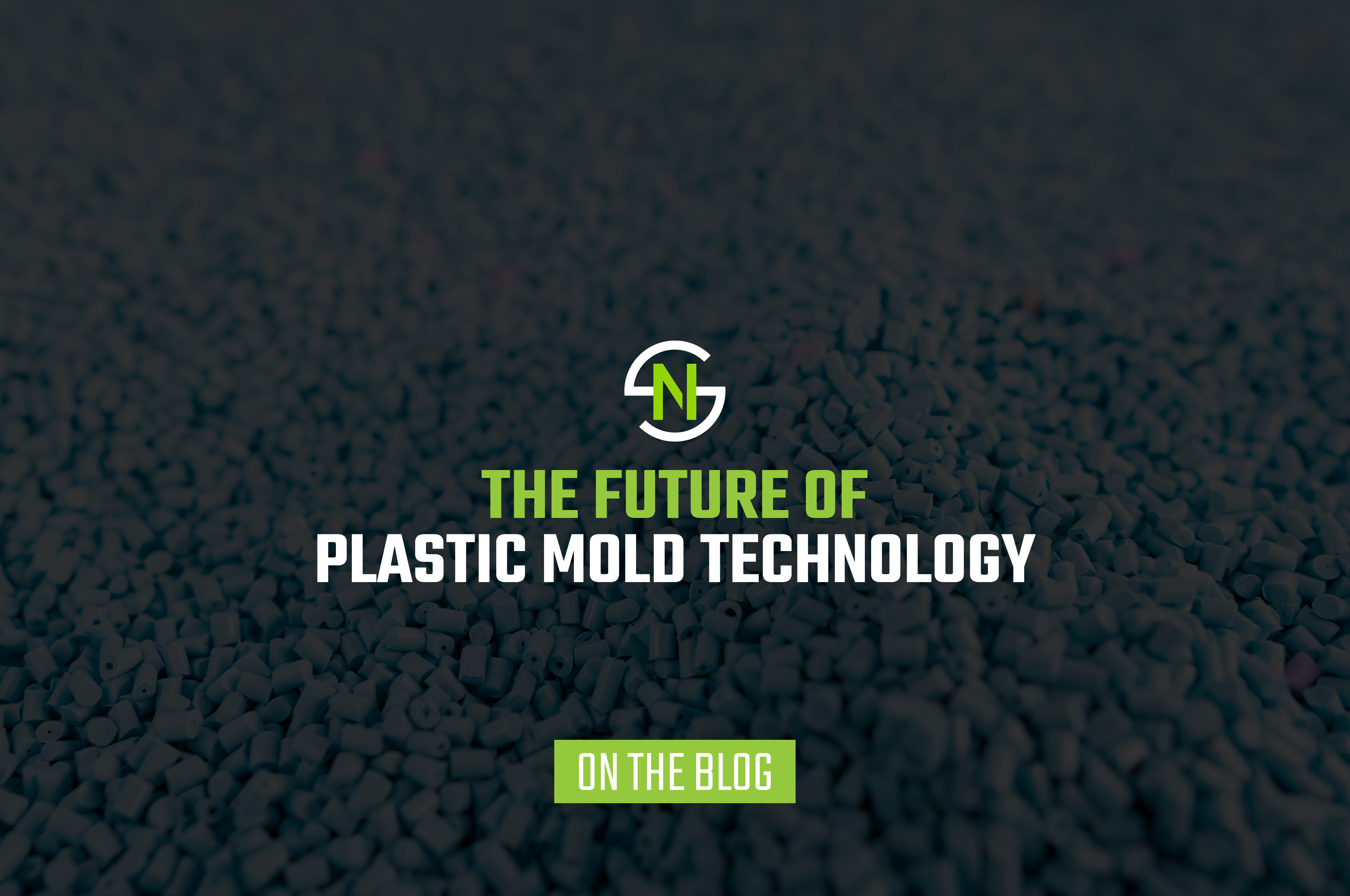
Plastic mold technology has played a huge role in the lives of almost everyone living. But that doesn’t mean that its past is a predictor of the future. If you refuse to adjust your outlook, you could get left behind.
Instead, let’s take a look at what are unavoidable developments in the future of plastic molding. And see if you can find ways you can adapt to changing times.
More Sophisticated Designs
The seismic shift by the automotive industry toward electric vehicles has meant an increase in the need for plastic parts. The chief appeal of electric vehicles is their reduced impact on the environment. But customers expect more out of their vehicles than just the fact that they don’t contribute to carbon dioxide emissions.
Drivers also want their cars and trucks to be ultra-dependable and long-lasting. Reliability and longevity require the plastic injection molding to be precise.
The challenge is that plastic parts are becoming more complex. Producing ever more complicated components according to demanding designs requires continued improvement in computerized plastic molding technology.
Environmentally Friendly Manufacturing Facilities
The public demands from today’s manufacturers more environmental safeguards. So plastic molding facilities have to prove to be good stewards of the areas where they’re located. To do so, they must reduce pollutants that escape into the neighborhood air, soil, or water.
They also will have to find additional ways to lower costs to remain competitive. Interestingly, many money-saving techniques are also environmentally friendly.
For example, some businesses use rainwater for cooling processes. Others are testing ways to save energy by sending power to machines only when needed rather than having them on standby all day.
The first eco-minded move for some manufacturers was probably a switch to low-energy LED lights. In the long run, it’s easy to see savings in both replacement lighting and electricity bills.
Environmentally Healthier Plastics
The giant oil companies might prefer that plastics continue to rely on fossil fuels, but the public is pushing the industry to continue to test environmentally safer plastic. One of the sources is plants.
The primary plants are sugar cane and corn. But other plants are possible, including potatoes. Their plastic is called PLA.
Another type of plastic derives from bacteria. It’s used to make a type of polyester known as PHA. But it’s not in widespread use yet.
But the problem all plastics face in winning public approval is the slow rate at which they biodegrade. Old-school petroleum plastic is the most notorious. It breaks down so slowly over 1,000 years that it’s considered practically non-biodegradable.
PLA lasts three months in a composting facility but hangs around like petroleum plastics for 1,000 years in the landfill. And PLA survives too long in the ocean. On the other hand, PHA plastic sticks around for only a few weeks in compost and a few months at the landfill.
The industry will have to continue pursuing promising alternative sources for injection molding. Doing so will not only be good for the environment but will have the additional benefit of preserving the plastics industry.
We’re Prepared For the Plastic Mold Technology of the Future
Are you in need of a supplier that’s not stuck in the plastic injection molding technology of the past? We’re both a Tier 1 and Tier 2 company that looks toward the future.
Let’s discuss what we can do for you and your projects. We’ll deliver parts using the latest plastic mold technology. Why not contact us today?
